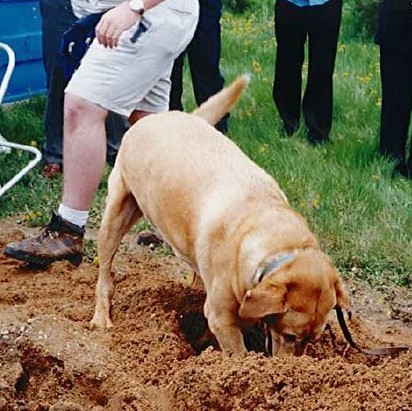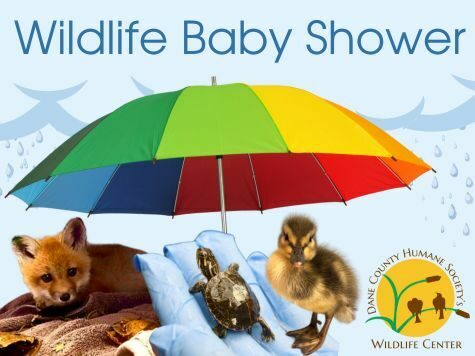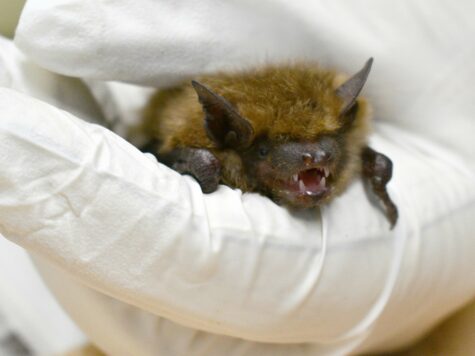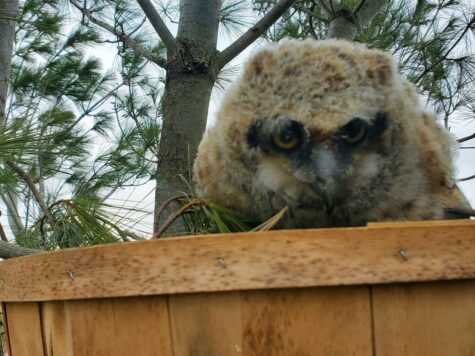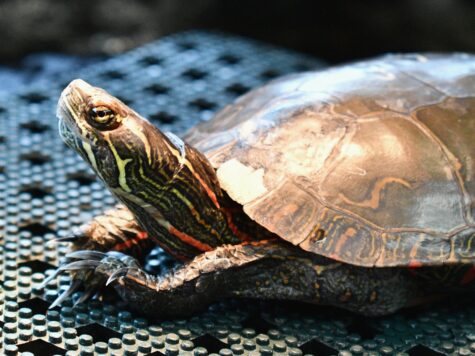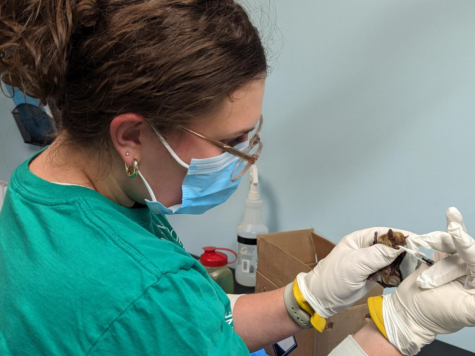In 1882, the newly emerging humane movement stirred the hearts of Madison residents to band together to prevent cruelty and protect the helpless. With volunteers opening their hearts and homes to house stray animals, local veterinary clinics offering their services and regular monthly and annual meetings taking place in various Madison locations over the years, DCHS began to take shape and grow to meet the needs of the community. Regular meetings were a necessary constant and took place at the Madison High School Auditorium in the early 1900s, the Carnegie Library, the State Capital Café in the basement of the Capitol building during the 1920s, the Madison Public Library, the City County Building, founding Board President Ida Kittleson’s home, and Commercial State Bank. As more and more animals needed assistance, an office was later secured to handle the administrative side of things, with the last one during the 1940s-1950s located where Michelangelo’s Coffeehouse’s back door is located today, at 114 South Carroll Street.
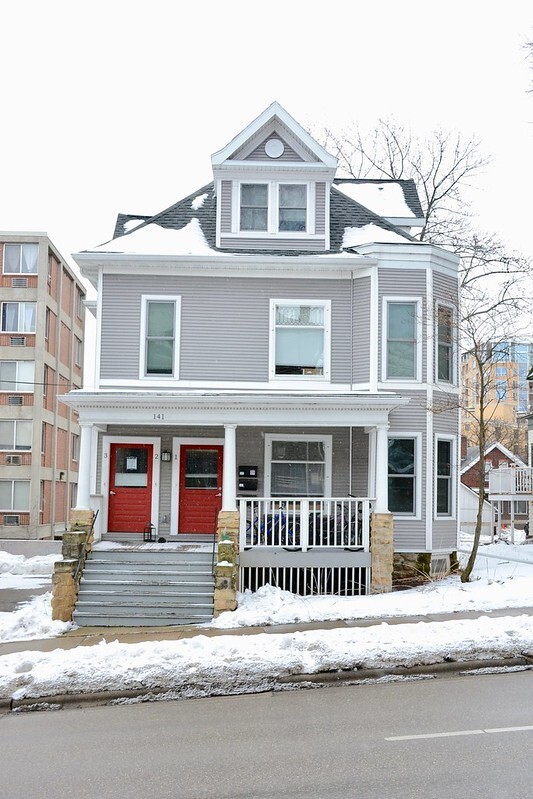
When DCHS was incorporated in 1921, stray animals that Ida and her husband, Milo, rescued from the streets were housed in their basement at 141 East Gorham Street until they could find new homes for them. During this first year, DCHS responded to 260 cases involving animals in need. To accommodate the increasing number of homeless pets and wildlife needing help, by the mid-1930s, DCHS rented a facility located at 426 South Park Street. During this time, DCHS typically received 60-65 cases per month, most were stray dogs and cats. Cases also included dogs hit by cars, and injured or orphaned wildlife. Intake continued on an upward trajectory, with 1,983 animals needing help during 1939.
A decade later in 1945, DCHS suffered two fires at their South Park Street location occurring within three weeks of each other. After the first fire, with his parents’ permission, a fifteen-year-old neighbor, Darrel Swetmore, housed half the animals made homeless in his family’s basement (10 dogs, two cats, and a group of white mice) while trying to find them new homes. At the time, Darrel was a volunteer who lived next door at the shelter. When the second fire happened during the night, Darrel was home. The first to rush in the burning building while dodging falling embers, he saved 14 dogs from approaching flames and then helped police officers and firemen save more animals. The neighborhood responded to the pleas of DCHS for help to house more homeless animals. A local tavern owner provided shelter for a dozen animals including a mother dog and her newly born litter of three puppies. Once again, Darrel offered his family’s help, taking in even more animals.
After the fires, looking for a new place of residency for the shelter became even more urgent. With the fire damage, growing complaints about the shelter’s presence in the neighborhood and the ever-increasing intake, now at 2,323 dogs and 194 cats, DCHS hoped to find a new centralized location in Madison. An undeveloped parcel of land on Fish Hatchery Road looked very promising. However, this was the same site that the Arboretum Committee at UW-Madison led by Aldo Leopold wanted to expand the Arboretum. Ultimately, the DCHS Board decided to relocate in 1948 to Candlin Pet Hospital at 702 West Wingra Drive, a veterinary clinic owned by Dr. Paul Candlin, where we remained for over 15 years.

As soon as DCHS could claim tax exemptions in 1965, we proceeded with plans to acquire a permanent shelter at 2250 Pennsylvania Avenue. This convenient location was just down the street from the Oscar Mayer stockyards where we completed regular inspections. While Candlin Pet Hospital was a gracious and generous host, DCHS had clearly outgrown the space. Maximum capacity at the veterinary clinic was 35 animals. In February 1965, the local community had as many as 242 animals needing shelter. With the land purchased and architectural plans drawn up by Krueger, Kraft & Associates, a capital campaign was launched with full support of our community. Within the same year, a new facility was built, providing space for 150 animals, two separate rooms for kittens and puppies, an area for preliminary examinations of rabid animals, space to provide humane education for children, and finally a large meeting room and office space. Moving day took place on the very last day of 1965, as animals housed at Candlin Pet Hospital were moved to DCHS’s first permanent home on Pennsylvania Avenue.

Almost as soon as we moved in, we unexpectedly outgrew the space. The homeless pet population increased with 4,932 animals in 1966, 6,800 animals in 1967, and reaching 8,000 animals in 1968. Construction began in 1969 to build an annex to double the size of the shelter, adding 34 new dog runs, a new utility kitchen, another room for puppies and small dogs, and a storage area. In addition, a new parking lot was built. “As the city grows, so does the animal population,” noted Mrs. Lowell Noland, chairperson of the Communications Committee.
Even so, each year DCHS continued to see more and more animals. By 1972, intake rose to 11,983. Areas at the shelter became multifunctional to meet needs as they arose, greatly affecting shelter operations. As space became even more limited, plans for another addition were drawn. During 1984, fundraising efforts to raise $100,000 were successful and the new construction included a new infirmary, an adoption room, a conference room, and a room for local wildlife. In addition, pipes were remediated for asbestos and the puppy room was repaired from years of puppy play times.
Thirty years of wear and tear developed critical infrastructure problems that could no longer be amended with the building of new additions. With cages on top of cages, inadequate ventilation, a now much too small veterinary clinic, a lack of parking, ongoing plumbing problems, poor lighting in the dog runs, limited areas with air conditioning, pipes bursting and heat going out, it became imperative to look for a new location. In 1997, a new site for DCHS was found at 5132 Voges Road on a former 29-acre Christmas tree farm. There would be plenty of room to expand housing capabilities for animals and to add new amenities such as a state-of-the-art veterinary treatment clinic, a multipurpose meeting room, and six interactive rooms for people to meet new pets.
A move to this new location was a dream come true for staff, volunteers and members of our caring community in saving more animals. Always being at or exceeding capacity had been a constant theme for DCHS, as it had been for other animal shelters nationwide. The homeless pet population national statistics continue as spay/neuter campaigns and improved adoption procedures have been successful.
On May 5, 2000, a dog named Jake began the groundbreaking for the new shelter with his joyful digging. When construction was completed by Roberts Construction Associates, the new facility was twice as large as the previous facility, adding 150 cat cages and 90 dog kennels. The new shelter also had space for an onsite veterinary clinic, a small barn, play yards for the dogs, and separate admitting rooms for newly arriving animals. Always a priority, DCHS’s humane education programs benefitted with a new classroom. Office spaces, a staff breakroom, a community room that could double as a dog training room, a retail store, and more parking were also acquired. Finally, the day arrived on July 20, 2000 when doors swung open to welcome people and animals in a place that would guarantee homeless pets will find new homes no matter how long it took, local wildlife could find refuge until well enough to be released, cats with ringworm are guaranteed second chances, humane education can continue lessons of kindness for children to ensure a humane tomorrow, and programs and services continue to evolve to meet the needs of our community.
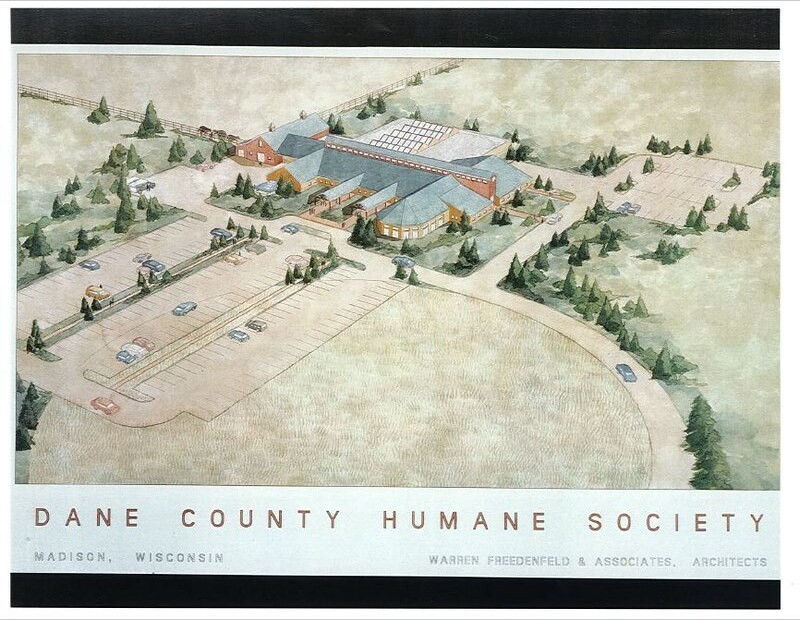
From Ida’s basement to veterinary clinics, and rented spaces, to escaping fires and finding respite in the kindness of neighbors, to the first permanent shelter, and then the present one – DCHS had had a long journey home. No matter what building shelter operations are in, DCHS has continued helping animals thrive and receive the care they deserve. The journey has led DCHS from a close-knit community working to protect the helpless to being a leader in the nation in animal sheltering practices – with thanks to the community that has supported DCHS since the very beginning.
